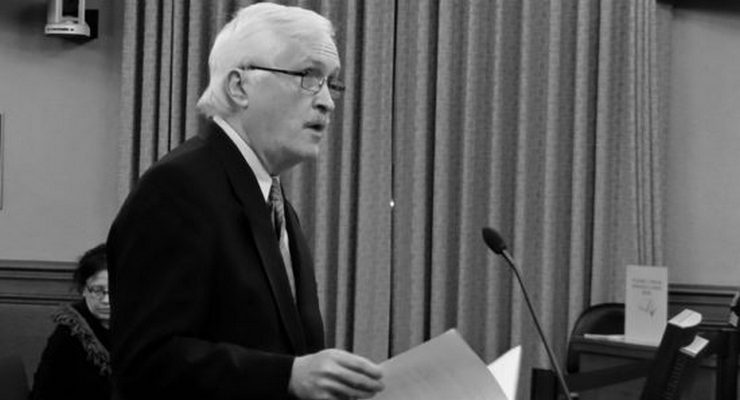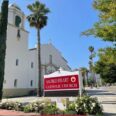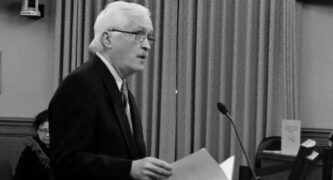
San Rafael Creek, at the southern tip of Pasadena, has long been considered an ideal site for stream restoration in the Arroyo Seco. But now the Pasadena Public Works Department has teamed up with the South Pasadena Public Works Department to champion the “Arroyo Seco Water Reuse Project,” a $14 million plan that will degrade the Lower Arroyo with industrial equipment and shattered dreams.
Local residents have always loved the natural character of the Arroyo Seco. It is what really makes the canyon and stream so special. San Rafael Creek is the last relatively natural tributary of the Arroyo Seco as it flows south to the Los Angeles River.
Back in the 1960s, the Lower Arroyo area was designated a nature preserve, Pasadena’s only one. The West Pasadena Residents Association’s founder Richard Jencks, then a City Director (Councilmember), initiated the campaign to restore the habitat and hydrology of the Arroyo Seco. In the 1980s the Cal Poly Pomona Landscaping Studio 606 put together a visionary “Master Plan for The Lower Arroyo” that provided a road map to renew the area.
The official Lower Arroyo Master Plan, approved by the Pasadena City Council in 2003, stated: “The 1988 Cal Poly Study recommended the removal of the flood control channel.” The Master Plan called for Pasadena officials to work together with the County Department of Public Works to remove large sections of their flood control channel system while ensuring flood protection.
Then in 2006 planners from North East Trees, a community-based organization just downstream in North East Los Angeles, prepared a conceptual plan for removing the concrete and re-establishing a real wetland at the confluence of the San Rafael Creek and the Arroyo Seco. That design was included in the official watershed management plan for the Arroyo Seco, adopted by the State Water Resources Control Board. And in 2019 river restoration planners from the renowned Stillwater Sciences firm presented a remarkable restoration plan for the area to public officials from both cities.
But local public works officials have ignored all this history and planning in their current proposal.
The Los Angeles County Safe Clean Water program, which has pledged more than $9 million to the Arroyo Seco Water Reuse project, prioritizes nature-based approaches to stream and watershed management and community engagement. That was mandated by Measure W — the ballot proposition that County voters approved in 2018 for stormwater capture programs. But instead, Pasadena staff is proposing an overengineered program that relies on pipes, plumbing, and artificial pools that will clutter the Lower Arroyo with industrial facilities and present new barriers for fish, wildlife, and stream restoration. Their goal ostensibly is to clean up the Arroyo stream, but their facilities will destroy the San Rafael Creek confluence to provide irrigation water to a park and golf course in South Pasadena.
Residents from the San Pascual neighborhood in Los Angeles challenged the plan last year and forced Pasadena and South Pasadena to prepare an Environmental Impact Report, which they are now beginning. That should give the two cities the opportunity to correct some of the deficiencies of their now-revoked plan and to recraft one that will promote biodiversity, nature-based solutions and community engagement.
The three cities and the County need to work together collaboratively to restore the Arroyo Seco. Let the rainfall and the natural flow of the creek and the canyon create real wetlands and habitat. Develop a nature-based watershed alternative that encompasses the Arroyo Restoration Corridor (ARC) extending from San Rafael Bridge in Pasadena through South Pasadena to York Boulevard Bridge in Los Angeles.
The nature-based approach will eliminate pollution naturally and be far less costly. It will also significantly reduce the need for ongoing maintenance of artificial habitat and industrial equipment and be much more enjoyable for pedestrians who love the area’s natural treasures.
Restoring the natural character of the Arroyo Seco, as much as possible, has far greater urgency in the era of climate change. In the past it was visionary. Today It is necessary to deal with two great environmental challenges of our time: 1) developing a resilient water program and 2) promoting biodiversity.
Tim Brick, the former chairman of the Metropolitan Water District of Southern California, is the Executive Director of the Stewards of the Arroyo Seco.


















